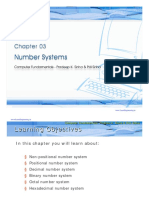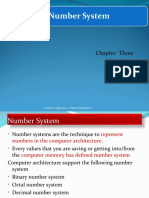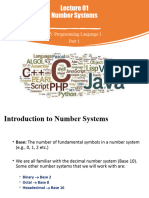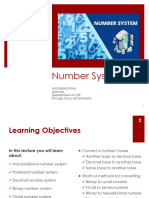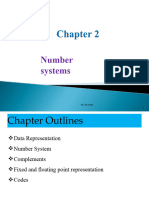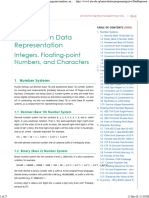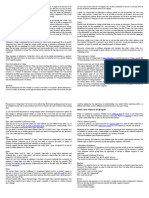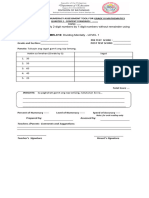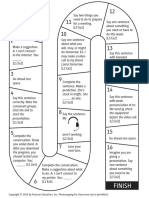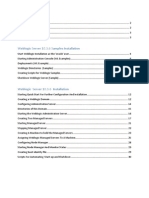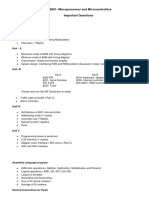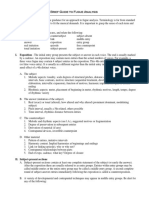0% found this document useful (0 votes)
272 views23 pagesTopic 4 Number System
The document provides an overview of number systems, including non-positional and positional systems, with a focus on decimal, binary, octal, and hexadecimal systems. It explains the conversion methods between different bases and how to represent fractional numbers in binary. The document also outlines upcoming topics related to computer arithmetic.
Uploaded by
myatoothar5Copyright
© © All Rights Reserved
We take content rights seriously. If you suspect this is your content, claim it here.
Available Formats
Download as PDF, TXT or read online on Scribd
0% found this document useful (0 votes)
272 views23 pagesTopic 4 Number System
The document provides an overview of number systems, including non-positional and positional systems, with a focus on decimal, binary, octal, and hexadecimal systems. It explains the conversion methods between different bases and how to represent fractional numbers in binary. The document also outlines upcoming topics related to computer arithmetic.
Uploaded by
myatoothar5Copyright
© © All Rights Reserved
We take content rights seriously. If you suspect this is your content, claim it here.
Available Formats
Download as PDF, TXT or read online on Scribd
/ 23




